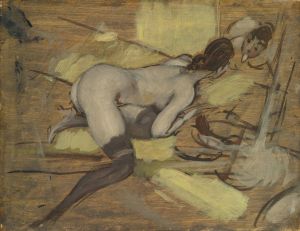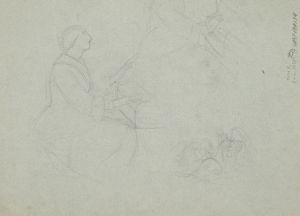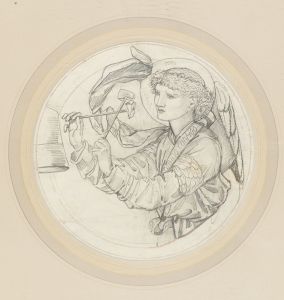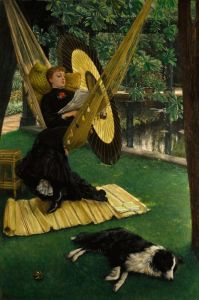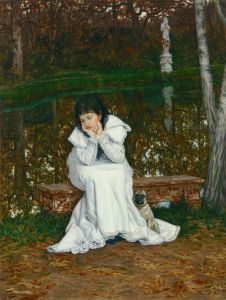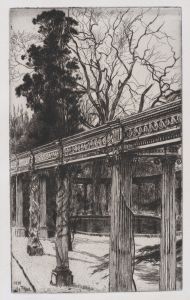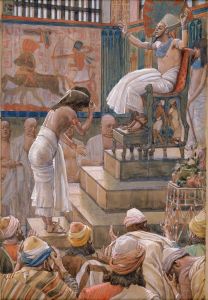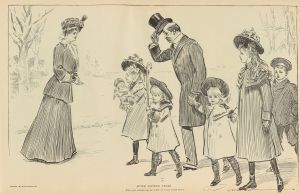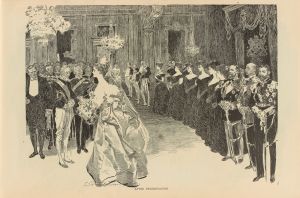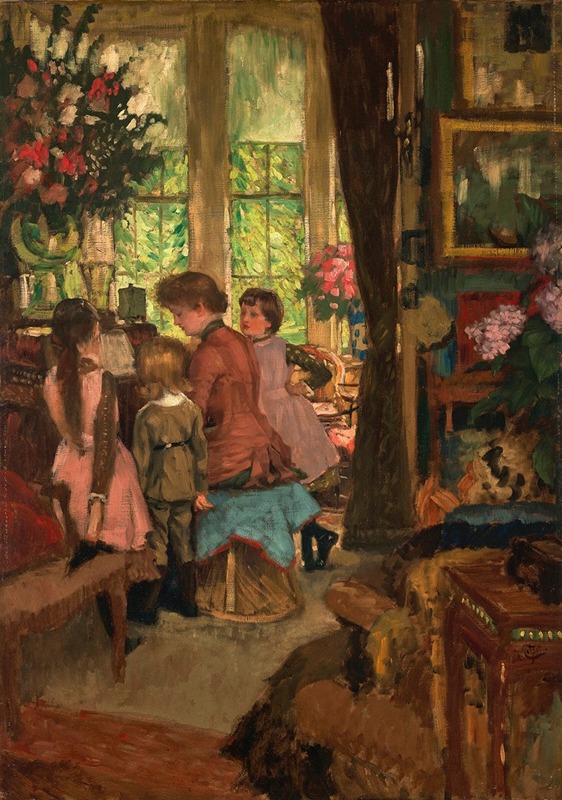
Kathleen Newton at the Piano
A hand-painted replica of James Tissot’s masterpiece Kathleen Newton at the Piano, meticulously crafted by professional artists to capture the true essence of the original. Each piece is created with museum-quality canvas and rare mineral pigments, carefully painted by experienced artists with delicate brushstrokes and rich, layered colors to perfectly recreate the texture of the original artwork. Unlike machine-printed reproductions, this hand-painted version brings the painting to life, infused with the artist’s emotions and skill in every stroke. Whether for personal collection or home decoration, it instantly elevates the artistic atmosphere of any space.
"Kathleen Newton at the Piano" is a painting by the French artist James Tissot, created in the late 19th century. James Tissot, born Jacques Joseph Tissot on October 15, 1836, in Nantes, France, was known for his detailed and realistic depictions of contemporary life. He spent much of his career in London, where he became a prominent figure in the art world.
The painting features Kathleen Newton, Tissot's muse and companion, who played a significant role in his life and work. Kathleen Irene Ashburnham Newton was born in 1854 in India to an Irish family. She moved to England in the early 1870s after a brief marriage that ended in separation. Kathleen met Tissot in 1876, and they developed a close and intimate relationship. She became the subject of many of his paintings, which often depicted her in domestic settings, reflecting the Victorian era's interest in home life and personal relationships.
"Kathleen Newton at the Piano" portrays Kathleen seated at a piano, absorbed in her music. The painting captures a moment of quiet introspection, with Kathleen's delicate features and elegant posture highlighted by Tissot's meticulous attention to detail. The composition is characterized by its rich textures and the interplay of light and shadow, which are hallmarks of Tissot's style.
The setting of the painting is likely Tissot's home in St. John's Wood, London, where he and Kathleen lived together. The interior is furnished with period-appropriate decor, including the piano, which serves as the focal point of the scene. Tissot's use of color and light creates a warm and inviting atmosphere, emphasizing the intimacy of the moment.
Kathleen Newton's presence in Tissot's life had a profound impact on his work. Her premature death from tuberculosis in 1882 deeply affected him, and he withdrew from society for a period of time. Despite the personal tragedy, Tissot continued to produce art, but his later works often reflected a more somber and spiritual tone.
"Kathleen Newton at the Piano" is a testament to the close bond between the artist and his muse. It exemplifies Tissot's ability to capture the essence of his subjects with sensitivity and precision. The painting remains a significant piece in Tissot's oeuvre, offering insight into the personal and artistic relationship that shaped much of his work during this period.
Today, James Tissot's paintings, including "Kathleen Newton at the Piano," are celebrated for their technical skill and emotional depth. They provide a window into the social and cultural milieu of the late 19th century, as well as a glimpse into the artist's private life. The painting is held in various collections and continues to be appreciated by art enthusiasts and historians alike.






